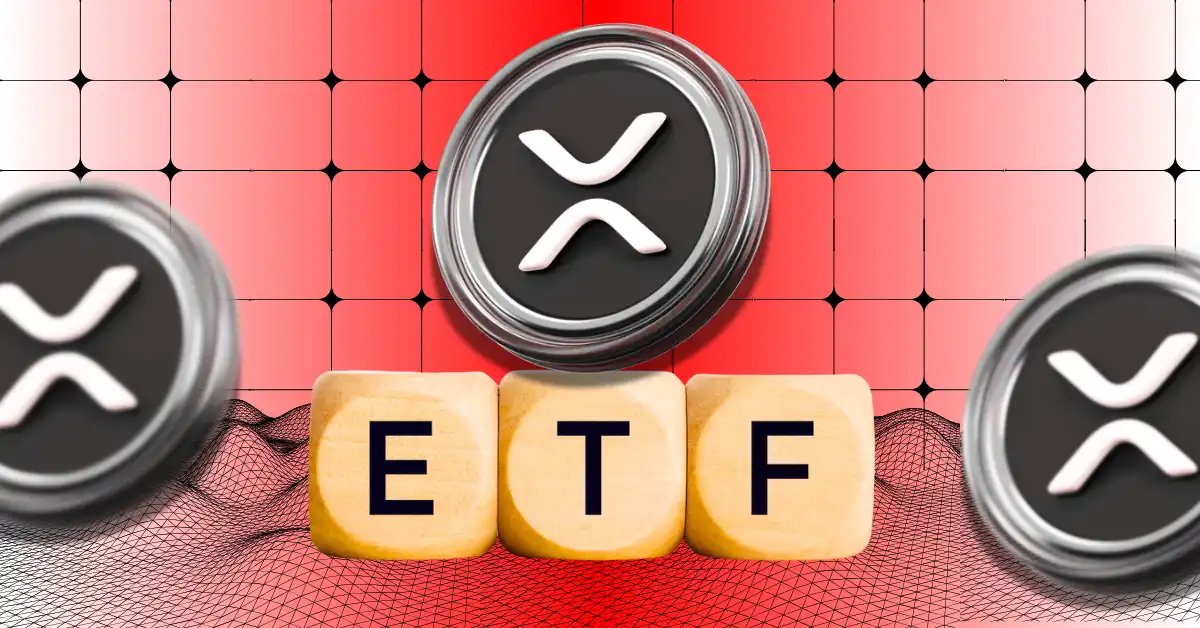BlackRock executed another major round of transfers on Monday, sending 4,880 Bitcoin, worth approximately $467 million, and 54,730 Ethereum, valued at roughly $176 million, to Coinbase Prime. The activity highlights a period of heightened institutional activity as the world’s largest asset manager adjusts its positions amid shifting ETF flows and cautious market sentiment.
BlackRock deposited 4,880 $BTC, worth $467.19M, and 54,730 $ETH, worth $175.93M, into #Coinbase.https://t.co/pyOLoPpL7H pic.twitter.com/CKBiIMa55C
— Onchain Lens (@OnchainLens) November 17, 2025
Last week’s blockchain records show that BlackRock moved a combined $293.3 million in Bitcoin and Ethereum to Coinbase Prime. The inflows included approximately $293.49 million in BTC and $79.83 million in ETH.
Large Transfers Follow Heavy ETF Outflows
The transfers occurred shortly after BlackRock’s Bitcoin ETF, IBIT, recorded its largest single-day outflow on Friday. More than $463 million exited the fund, adding to weekly losses that eventually totaled $532.41 million. Despite the setback, IBIT’s cumulative net inflow remains significant at $63.79 billion, anchoring its status as the dominant spot Bitcoin ETF in the world.
Moreover, BlackRock’s spot Ethereum product also faced heavy withdrawals last week, reinforcing the broader pattern of investors reducing exposure across US spot crypto ETFs. The moves align with a cooling market environment since mid-November, where institutional liquidity has become more sensitive to macro signals and short-term volatility.
At press time, Bitcoin was trading at around $94,177 after a volatile weekend. The asset dipped to $92,917 today, before recovering towards $95,928, ending the last 24 hours with a decline of 1.33%. Bitcoin’s market cap stands at $1.87 trillion, supported by a 24-hour trading volume of $79.41 billion.
Analysts Reject Idea of a Classic Four-Year Cycle Drawdown
In a note to clients, Bernstein analysts led by Gautam Chhugani highlighted that many investors remain influenced by the four-year cycle pattern that preceded major peaks in 2013, 2017, and 2021. That framework has encouraged some market participants to pre-emptively sell into fourth-quarter weakness, creating a self-reinforcing narrative.
However, Bernstein argues that the current environment diverges sharply from earlier cycles. They maintain that the evidence points toward a “relatively shallow correction” rather than the traditional 60% to 70% drawdowns seen in past cycles. Their view rests on strong absorption from long-term buyers and continued institutional interest.
Furthermore, the team argued that institutional participation is significantly more resilient today. Large asset managers and corporates continue to accumulate during retracements, helping stabilize liquidity. That shift, they suggested, marks a clear departure from previous cycles where retail-driven selling often dictated direction.














